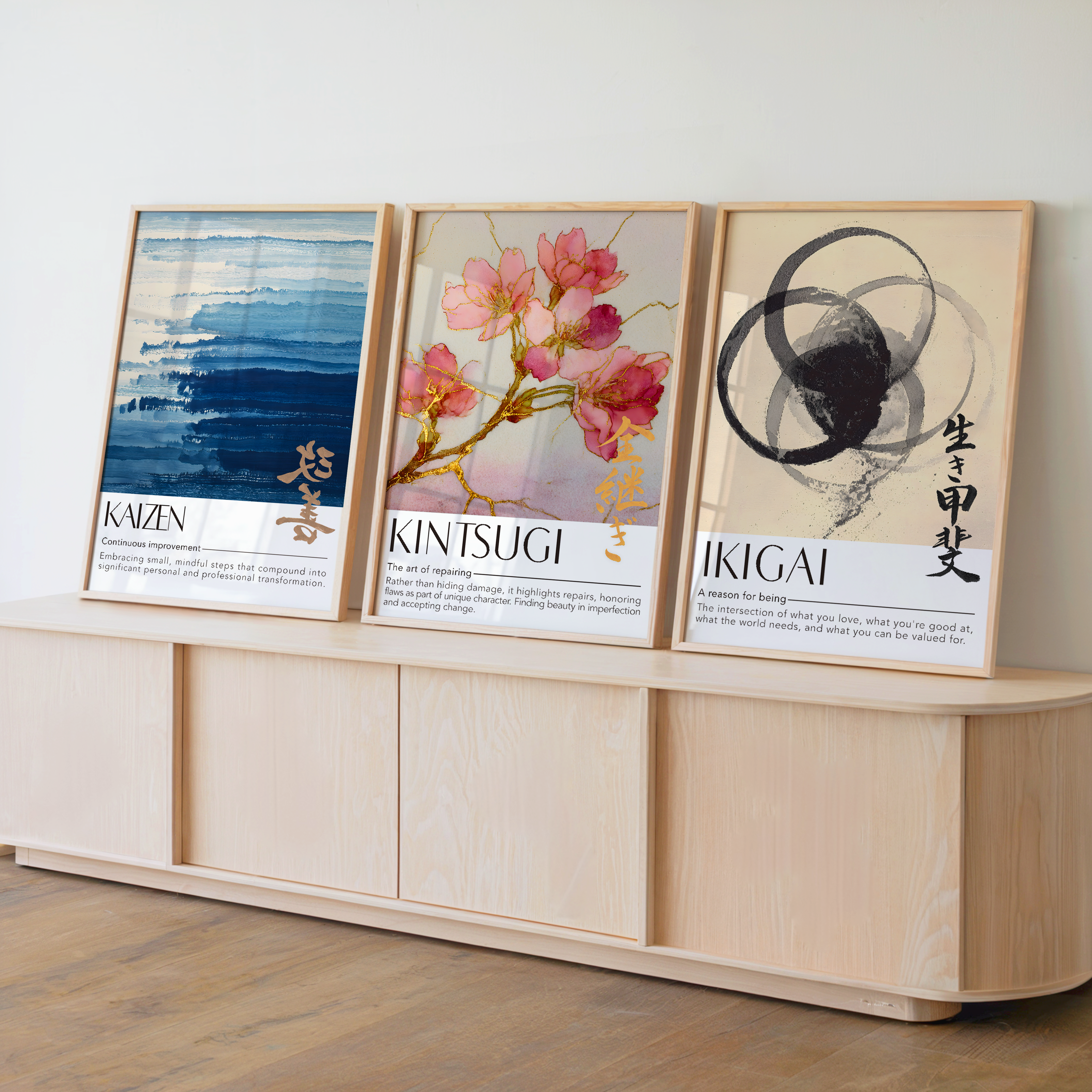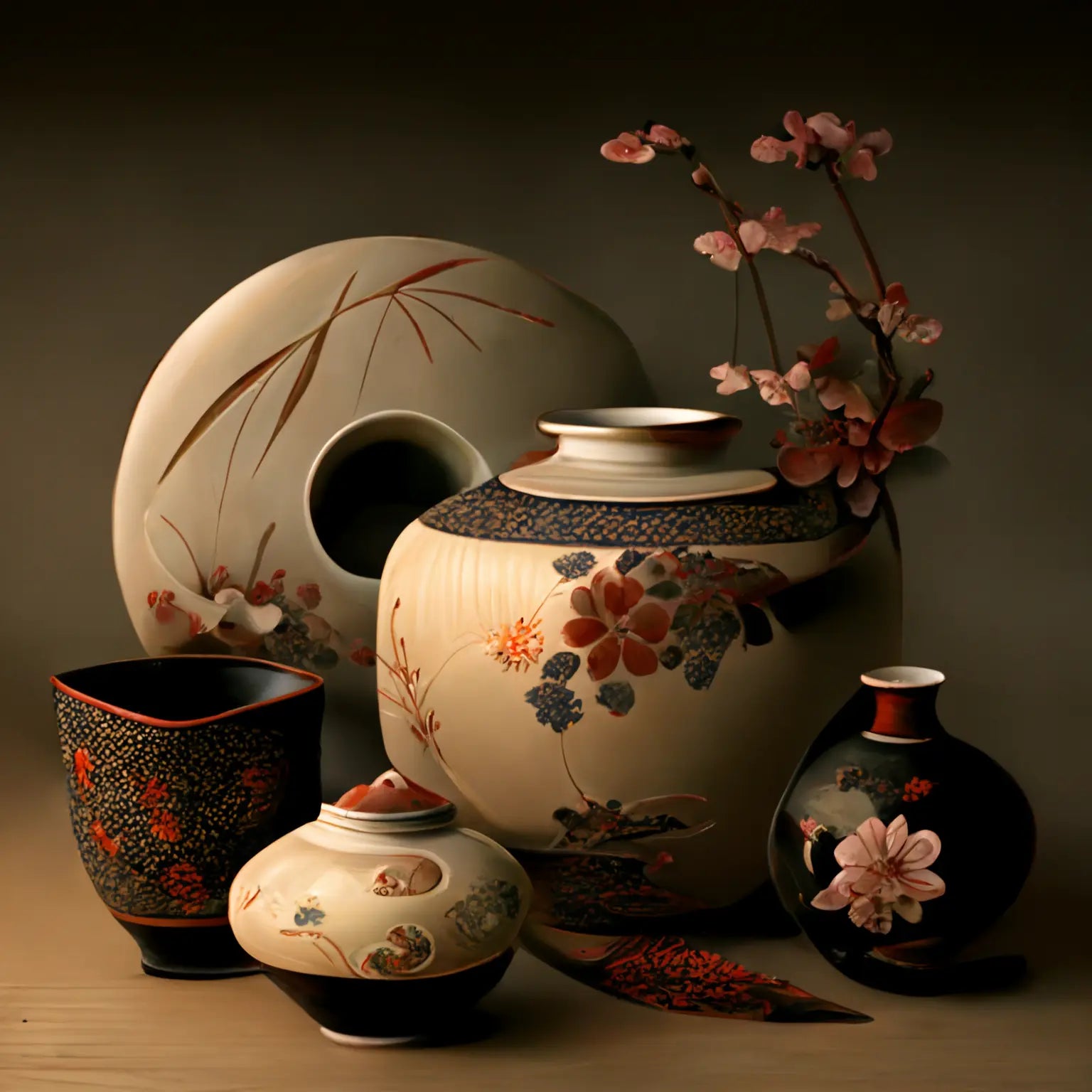
The art of gift-giving in Japan and how it differs from Western cultures
Gift-giving is an integral part of Japanese culture, with its roots tracing back to the country's history of exchanging gifts as a means of showing respect and gratitude. The practice of gift-giving in Japan is vastly different from that of Western cultures, with an emphasis on presentation, symbolism, and etiquette. In this blog post, we will explore the art of gift-giving in Japan and how it differs from Western cultures.
Presentation is Key In Japan, the presentation of a gift is just as important as the gift itself. Gifts are often wrapped in ornate paper and tied with ribbon or string. The wrapping itself is considered an art form, with the paper and decoration carefully chosen to reflect the occasion, the recipient, and the relationship between the giver and receiver. The presentation of the gift is meant to convey the giver's thoughtfulness and attention to detail.
Symbolism is Everything The symbolism behind a gift is also of great importance in Japanese culture. Certain colors, materials, and objects have specific meanings that are deeply ingrained in the country's traditions. For example, red and white are considered lucky colors and are often used in gift-giving, especially for weddings and other celebratory occasions. Gift-givers often consider the recipient's age, gender, and social status when choosing the perfect gift, and will often seek out items that are symbolic of good luck, health, and prosperity.
Etiquette is Paramount Gift-giving in Japan is steeped in etiquette and protocol. There are strict rules surrounding the giving and receiving of gifts, and it is important to observe these traditions to avoid causing offense or embarrassment. For example, gifts are often given with both hands, and it is considered impolite to open a gift in front of the giver. In addition, the value of the gift should be proportional to the relationship between the giver and receiver. Gifts that are too expensive or too inexpensive can be seen as inappropriate or disrespectful.
In contrast, gift-giving in Western cultures tends to be less formal and more focused on the practicality or sentimentality of the gift. While presentation and symbolism can still be important, there is less emphasis on adhering to strict etiquette and protocol.
In conclusion, the art of gift-giving in Japan is a beautiful and intricate tradition that reflects the country's rich history and culture. The importance placed on presentation, symbolism, and etiquette make gift-giving a meaningful and thoughtful gesture that is deeply appreciated by the receiver. Understanding these cultural differences can help individuals navigate gift-giving in both Japanese and Western cultures, and ensure that gifts are given and received with respect and gratitude.








